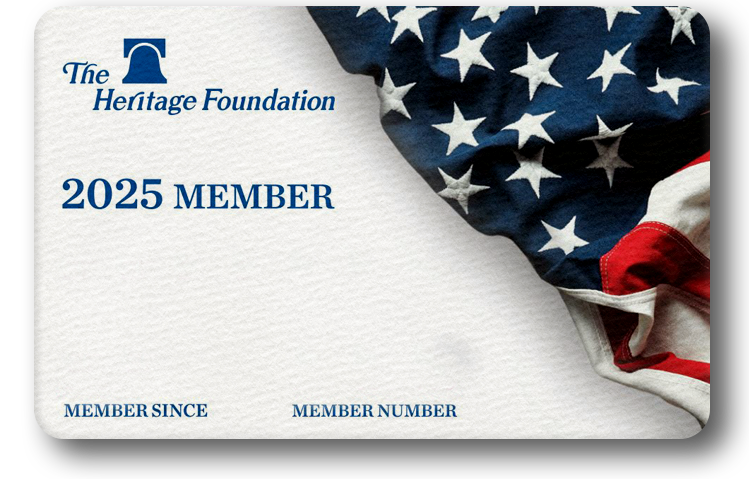As a Capitol Hill committee works out an agreement on Medicare
reform, you can hear many discussions in Washington about
out-of-pocket expenses, something called "FEHBP" and even "doughnut
holes."
But something's missing.
It's called the Big Picture-the philosophical framework for every
political issue.
Medicare's Big Picture is this: Should a government-run health
insurance program continue just as it has since 1965-despite
changes in America's population, economy and technology-plus add a
prescription drug benefit that could cost at least $400 billion and
expand government even further? Or should there be some reforms
such as competition and choice?
Politicians shouldn't ignore the Big Picture as they work on
reconciling a Senate and House version of Medicare reform, said
Stuart Butler, vice president of domestic and economic policy
studies at The Heritage Foundation. "We have to have an argument,"
Butler told The New York Times on July 20. "This is not something
where you can just say 'Let's strike a deal.'"
Butler's right. With million of baby boomers planning to retire at
decade's end, this is probably the only time when Congress can
truly debate how Medicare should operate in the 21st century. This
is not the time to make deals about "doughnut holes."
Learn more about Medicare's Big Picture (and "doughnut holes") at
heritage.org.
For more information or to receive an e-mail version of "Medicare
Maladies," contact [email protected]
or call Heritage Media Services at (202) 675-1761.
Medicare Malady #8: America Needs A Debate, Not A Deal
Authors

Heritage Offers

Activate your 2025 Membership
By activating your membership you'll become part of a committed group of fellow patriots who stand for America's Founding principles.

The Heritage Guide to the Constitution
Receive a clause-by-clause analysis of the Constitution with input from more than 100 scholars and legal experts.

American Founders
In this FREE, extensive eBook, you will learn about how our Founders used intellect, prudence, and courage to create the greatest nation in the world.
COMMENTARY 6 min read
COMMENTARY 6 min read
COMMENTARY 2 min read